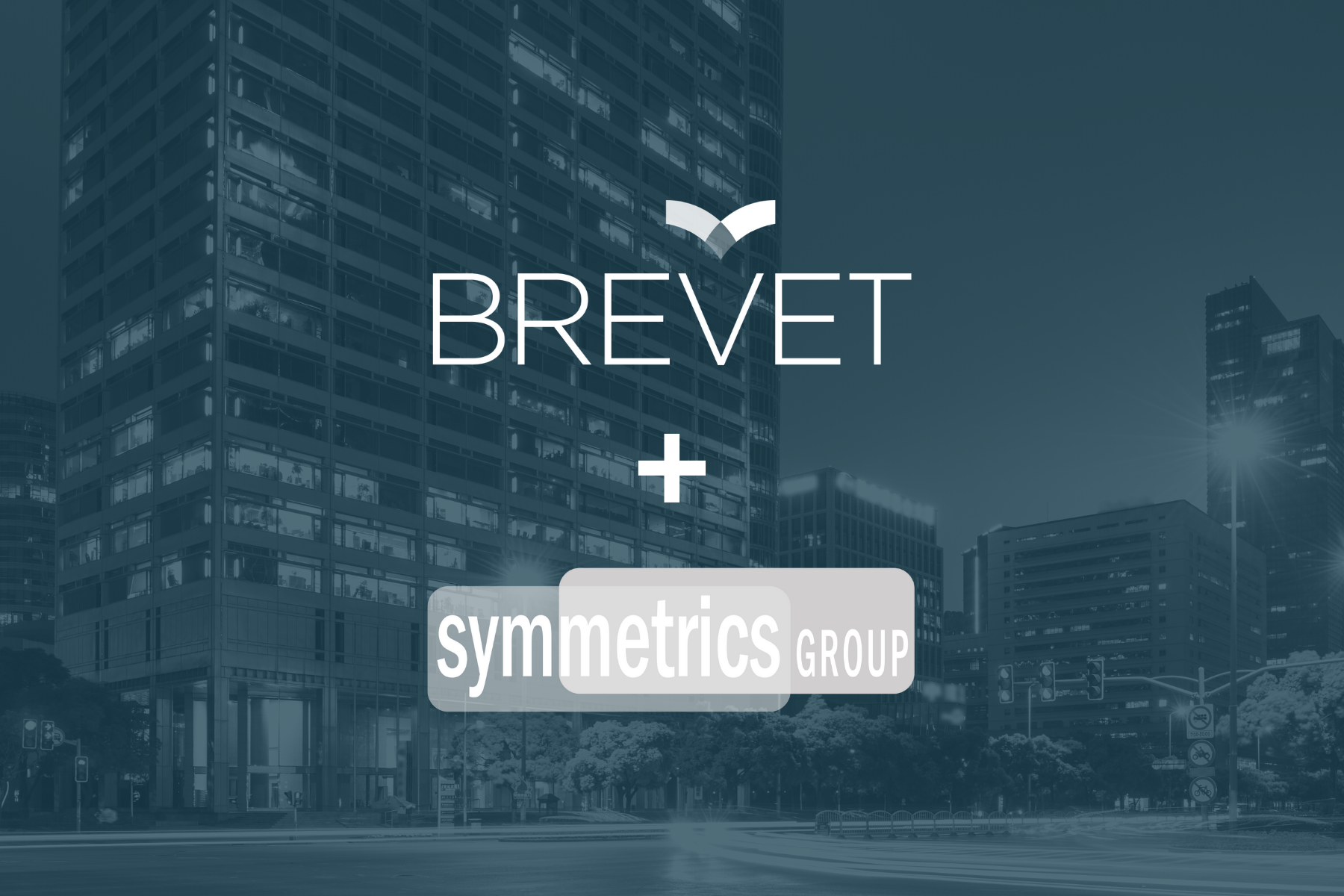If you’re like the average B2B sales organization today, you’re probably clinging for dear life to an organization-wide performance metric of ~80% of sales target. Most markets are seeing rapid, dynamic changes in the disposition of their prospects, number of competitors, and what customers require from their product or service. These factors combine to make it harder for even your elite sales performers to continue to shoulder the burden of an increasing number of people missing their target.
Many executives have been quick to place the blame on the rising millennial salesforce. A recent article titled Why Millennial Sellers Aren’t Closing identifies several issues that the author suggests are, “…pronounced with millennials that have grown up using screens to communicate.”
To use an analogy that aligns with the upcoming March Madness tournament, this is like blaming your freshman basketball players for the underperformance of the team at large. To place the blame on any particular segment of the team is at best misguided and at worst a dangerous action that can further undermine the performance of the team.
Four Challenges Every Generation of Sales Reps Faces (Including Millennials)
Here are several challenges of the modern selling environment that are largely categorized as “Millennial problems,” but are actually sticking points for sales professionals at every experience level…
1.) A Compressed Buying Cycle
Methods of communication are becoming increasingly efficient, which means that the pace of doing business is already increasing. The trickle-down effect is that customers place greater demands on B2B salespeople by accelerating their buying cycle from months to days.
Customers often come to salespeople asking for an immediate solution to their problem, because falling behind their competition by engaging in a longer sales cycle means losing money on their end. This level of compression gives younger salespeople little time to learn on the job, fully understand individual deal characteristics, and develop customized solutions for their prospects.
Forcing young sales reps into rapid, transactional selling situations rather than consultative opportunities is a sure-fire way to increase the chances that mistakes are made or product recommendations are a poor fit for the customer’s needs.
2.) Reliance on Overall Team Performance to Hit Growth Goals
More than ever, B2B selling has become a team sport. In the past, companies have been able to sustain themselves on the performance of a few “rainmakers” that landed a small number of very lucrative deals. If most of the salesforce underperformed, that was okay, because the output of the rainmakers would make up the difference.
In a modern selling environment, subscription models and technological advancements have resulted in price points that are often much lower across the product portfolio, reducing the difference in revenue contribution between “rainmakers” and the rest of the salesforce.
In the past, 20% of your salesforce could account for 80% of your sales target, but today, the same individuals in that 20% of “high performers” may only provide 20-30% of your overall sales target. This places an increased demand on your average performers to hit at least 70-80% of their individual quota to stay above water.
3.) Less Selling, More Consulting
Modern buyers are more educated than ever before. In fact, contemporary research tells us that the average customer is over halfway through their buyer journey (read: problem identification, solution identification, vendor evaluation are already completed or in-progress) before they make first contact with a sales professional. Now, they may not always have a clear or accurate understanding of their problem or solution, but they come to the table prepared with some thoughts and feelings around the situation.
What this means is that today’s buyer is better at identifying when they are being “sold to” and tend to navigate away from those relationships. Instead, they want to deal with an expert who understand their business needs, the broader industry trends, and how to recommend solutions that give them a competitive advantage. If a salesperson initiates the relationship by regurgitating information about their own company or product features and specifications, savvy customers who have already done their research will opt-out and move on to the next provider.
4.) Increasing Demand for High Velocity, High Volume Growth
The previous challenges are all amplified by the growing demand placed on company leaders to increase sales figures through a process of multiplication rather than addition. Global connectivity is expanding every day, which raises the bar for corporate growth (potential and realized) among board members and shareholders.
Where it was once accepted or even celebrated to grow sales 20% year-over-year, sales executives are now being asked to double or triple revenue over the same period. Failure to hit these targets puts an excessive amount of stress on senior leaders, which permeates all the way down to field sales reps. Furthermore, executives who are navigating an “underperforming” sales organization are quick to assume that they have the wrong people on their team, firing and re-hiring at the lowest levels, unaware that they are expanding the gap between the competency of their salesforce and the expectations of their customers, thus exacerbating the problem.
The True Source of the “Millennial Problem”
Now we understand that there are some common challenges that are shared across the entire sales organization. That doesn’t prove that Millennials aren’t underperforming. So, if the problem isn’t Millennials, what is it?
We contend that it is a broader systemic failure that hinges around the most common approach to onboarding and training new sales reps. Failing to optimize the recruitment, onboarding, and training of new sales hires results in critical mistakes that compound over time.
Take a minute to think about the description below. How much of this process mirrors what is going on within your organization?
First, you hire a bunch of people as fast as you can, often neglecting to validate their level of specific industry or role experience. Your company is growing like gangbusters and you just need bodies to fill seats, take meetings, and otherwise transform your overflowing pipeline into new deals.
Next, you run them through a gauntlet of “sales training,” which includes unrelated topics like HR documentation, admin process flows, and other non-sales content. Furthermore, this enormous volume of material is force-fed to new hires over the course of 1-4 weeks to get them quickly to “productivity.” They are sent home with a fancy three-ring binder that they are expected to reference frequently (but seldom do) and the training content is never revisited or reinforced.
Finally, now that new hires are “trained and proficient” in the fundamentals of their job, you toss them in the ring with real customers and hope that they will quickly master the in’s and out’s of field sales through a system of trial and error.
After reading all of that, how can we be surprised that most of our younger salespeople are struggling to meet their performance targets in the face of an ever-changing, increasingly complex market?
To directly answer the question posed, Millennials aren’t the problem with sales performance, the problem is the ineffective system that is intended to prepare them for success in their role. The systemic issues are three-fold:
- It starts with the lack of any formal sales training on academic or professional level
- Most companies are ill equipped to train people in-house
- Companies put people in positions where their failure has immediate impact
The Answer to the “Millennial Problem”
So, we’ve gotten to the root of the problem. Now, how do we fix it?
The answer is not revolutionary. In fact, it’s being deployed across a wide range of disciplines that have to take raw talent and mold them into a trained professional that has the knowledge and skills to perform at a high level in a demanding environment.
As an example, think of a military boot camp that takes an 18-year-old high school graduate (or not) and, through a series of structured education and training, turns him or her into a competent mechanic, engineer, or logistician.
If we translate that experience into a set of tangible steps that can be deployed within a sales organization, it might look something like this:
Step 1: Establish a Proven Process
The military has been iterating on this indoctrination and training process for hundreds of years, but as the old saying goes, “The next best time to plant a tree is today.” Develop a profile of your most effective salespeople. What do they do differently? How did they learn those skills? How can you package these insights up into a structured training program that allows you to clone your best salespeople?
Step 2: Encourage Specialization
The military trains everyone on basic fighting and soldiering skills, but they quickly funnel individual service members into specialized training tracts that have the single mission – turn candidates into experts in a particular field.
The phrase “jack of all trades, master of none” can be especially true in sales. Sure, the best salespeople can handle prospecting, selling, and relationship expansions themselves, but as a rule it is better to create roles where individuals focus on excelling in one of these areas and rely on the collective power of the team to achieve their goals.
Step 3: Relentlessly Pursue Excellence
Once a person has their marching orders, we need to pair them with a seasoned expert and use their intrinsic motivation (remember that point about hiring the right folks?) as fuel to drive the relentless pursuit of excellence in their given specialty.
There are no shortcuts to success, but focusing your energy on the right pursuits and being disciplined about how you practice deploying new skills in real-world selling situations can help you move more quickly from novice or intermediate to expert.
Step 4: Empower Your Subject Matter Experts
The world of business moves at breakneck speed, meaning that today’s sales team can’t wait for new information to slowly make its way from the field to sales leaders, who then share it with the executive team, who then delegate it to the learning and development team, who then add it to the agenda for an annual sales training event that will take place several months later.
Instead, sales training and enablement professionals must play a critical role in uncovering observations from the sales reps in the field, synthesizing that information, and translating it into actionable insights that are quickly disseminated throughout the organization. Technological advancements have made it possible to reveal a new, “best in class” objection handling technique and have sales reps around the country practicing and executing the same technique within a matter of hours or days, not weeks or months.
Leveraging training and reinforcement tools like PointForward can give your sales managers and sales enablement professionals, the two most important influencers of overall sales performance, everything they need to set your sales representative up for success.
Step 5: Measure Performance and Trim the Fat
Now more than ever, we have the information necessary to see what training topics move the needle for sales performance and what content is better left as a reference guide on an internal portal. Once again, modern software has built-in functionality that helps you not only measure levels of retention around training content, but also measure progress in executing key selling skills in real-world situations.
Deploying a consistent cadence of training, reinforcement and peer/mentor feedback loops establishes a track record of skill assessment down to the individual rep, which can then be cross-referenced with historic and current performance data to determine which training exercises improve or detract from individual performance. Furthermore, this practice allows you to customize training programs to the individual needs of a sales rep, meaning their time away from the field is dedicated exclusively to the training and education they need the most.
The Bottom Line
As you can see, addressing poor sales performance doesn’t have to be hard, but it does take discipline. It requires us to avoid pointing fingers at any one group of people and instead focus on raising the collective ability of our entire salesforce. More often than not, lagging sales numbers can be traced all the way back to the original source (hiring, onboarding and training of new reps) rather than an isolated segment of the salesforce.
Furthermore, we must acknowledge that excellence isn’t achieved overnight. It begins with a plan, is initiated by disciplined execution of that plan, and is sustained by continuous training and reinforcement around tactics that allow us to adapt to a changing environment. Most military service members begin their career as an unranked soldier standing in formation at boot camp. It is the cumulative effect of the next several years of training that make the difference between those who become elite operators and those who simply follow orders.
About The Author
 Researcher, consultant, and sales leader, Brian uses a data-driven approach to drive sales effectiveness. His clients include leading sales organizations in financial services, technology, healthcare, and professional services. Using insight from academics and change management, Brian helps senior leaders and sales enablement teams understand and succeed in today’s more demanding market. His research has been published in Harvard Business Review and other outlets.
Researcher, consultant, and sales leader, Brian uses a data-driven approach to drive sales effectiveness. His clients include leading sales organizations in financial services, technology, healthcare, and professional services. Using insight from academics and change management, Brian helps senior leaders and sales enablement teams understand and succeed in today’s more demanding market. His research has been published in Harvard Business Review and other outlets.


.jpg)

